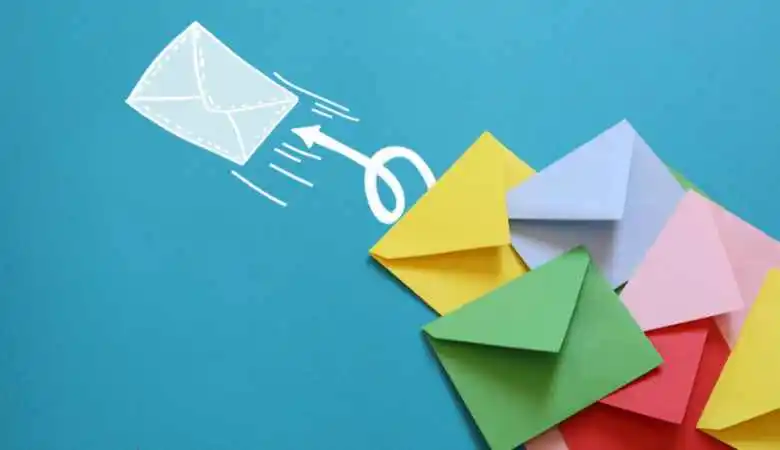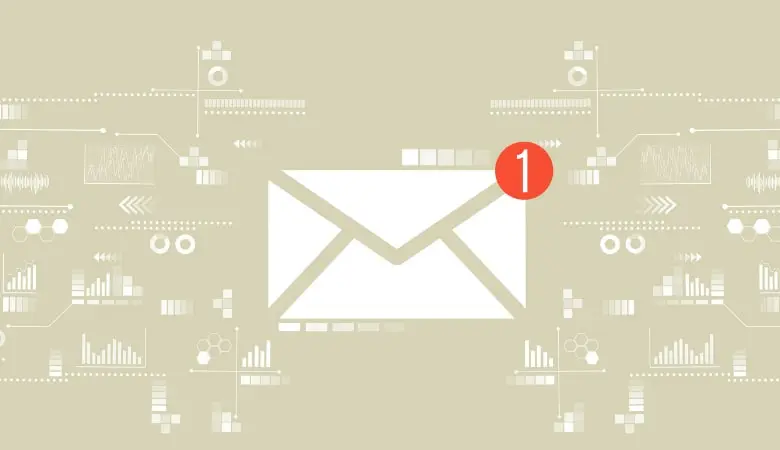Best Practices for Email Marketing Without Any Spam Box Issues

Many brands like you spend a lot of time and effort writing powerful emails that help them sell more, but they get frustrated when they don’t get the expected results. One of the causes of poor results may be that your emails are forgotten in the spam folder. No one reads them, thinking it is misleading or unwanted advertising, even when they subscribe to your newsletter. They may even visually look like spam, and the recipients mark them as such when they are not.
If you are already sure that your emails are reaching your audience’s spam folder or being marked as such (well, you must first check if that is the cause of your poor performance), we are going to give you a hand with a series of tips you can do to be highly visible in the primary inbox and reduce your chances of appearing in the spam box.
Insert a few images or compressed images
Using many images in an email or having them too large can cause the message to take a long time to load, preventing the recipient from seeing the content and sending it directly to spam.
Many email marketing tools automatically compress images without you having to do anything. But if yours doesn’t, you can always turn to external platforms.
In addition, some email providers (such as Microsoft) permanently block images in messages unless the recipient indicates they want emails from that sender to reach their primary inbox.
In short, we are not telling you not to include images, but we are telling you that they are not your email’s protagonists and are always compressed.
Add alt text to images in your emails
Not only do some email providers block images by default, but many users also choose to block them. In addition to affecting your email aesthetically, the user cannot read or even understand the email if you have added calls to action or an important message in the images.
To avoid this, it’s a good idea to add that critical message as alternative text to the images. Even if these are not visible, the text will appear in their place, and no content will be lost.
Includes double opt-in every time someone subscribes to your email
Indeed, more than once, when subscribing to a newsletter, you receive a confirmation email to verify that you have subscribed and are interested. Well, this technique is known as double opt-in.
This has many benefits for a brand, such as ensuring that the person is interested in your messages and that there is little chance of being marked as spam.
Monitor your bounce rates
The bounce rate in email marketing indicates the percentage of emails you have sent that have not reached their destination, either because the destination does not exist, the recipient’s inbox is full, or the recipient has blocked the receipt of your emails, among other things.
The higher the bounce rate, the more likely you will be registered as spam by email servers. So delete the recipients who do not receive your emails from your contact list, and do not send them any more emails.
Do not buy email lists or search for email addresses on websites indiscriminately
Although purchasing email lists is legal, it is not recommended. The recipients of these lists may not be interested in your products or services or even know your brand. What do you think they will do when they receive a message from your company? They will most likely delete it or mark it as spam.
In the same way, searching the internet for emails of specific people yourself to send them a message is also not advisable if you do it en masse. However, it would be a good practice if you do it judiciously and think that the person is likely interested.
In any case, it is always better to encourage your audience to subscribe to your newsletter since this guarantees the person’s interest.
Avoid the following subjects if you do not want to be classified as spam
Before continuing, remember that your emails can be classified as spam by both email servers and users themselves, and both take the email subject into account to classify them. In that sense, emails with the following characteristics are more likely to be marked as spam, so avoid them:
- Capital letters.
- Exclamation marks.
- Include the phrase “not spam.”
- Use words like free, click here, discount, and similar.
Optimize the sending times of your emails
The more participation and interaction an email has, the less likely it is to be marked as spam. Something that works very well to increase engagement is sending the message during the hours your audience usually checks their email inbox.
Some tools allow you to know the hours each contact needs to personalize the sending and adapt it to their time.
Check that everything goes well in a preview of the email before sending it
Emails must adapt to the different devices from which they can be opened and to the other email servers. Otherwise, by not looking good, they increase the chances of users marking them as spam.
To avoid this, ensure before sending it that it adapts perfectly to all users through previews available in your email marketing tool and by sending the email to yourself.
Don’t wait until you have an extensive database to send your first email
Email servers become suspicious when a sender suddenly sends a message to many recipients. On the other hand, if you increase the number organically and gradually, there will be no problem. Therefore, when you have a few or potential clients in your database, start sending emails; don’t wait until you have hundreds.
Add a person’s name in the sender next to your brand name
It has been proven that the chances of opening increase when the sender’s name is included in the proper name. Therefore, we recommend that, along with your brand name, you also include the name of an honest worker in your company that the recipients know.
Generally, the name of the person in charge of maintaining contact between the company and the client, such as the Account Manager, is usually included.
Include an unsubscribe button in each of your emails
Including an unsubscribe button in every email you send to your recipients, in addition to being a mandatory practice, will help you keep your database clean without you having to make any effort. This will cause people no longer interested in your emails to leave instead of lowering your performance and increasing your chances of being classified as spam.
Ask your subscribers to add you to their whitelist
The anti-spam filters on email servers have become so strict that they can classify an email as spam even if you are interested and have subscribed to their newsletter.
To avoid this, you can encourage subscribers to add you to their directory or whitelist and tell their email platform that they want to receive your emails in their primary inbox.
Check if you are blocked
You may be in the spam folder because your website domain or IP is blocked. You can consult many pages, such as Spamcom or SORBS. If this is your case, try to solve it as soon as possible by contacting your internet provider or the blocklist service in which you are included.
The more words, the better (without going overboard)
Emails that contain 500 words or more are less likely to end up in the spam folder. This is because genuinely spam messages have few words and phrases, so anti-spam filters identify short emails as spam.
Writing very long texts is not highly advisable in email marketing. Therefore, we are not encouraging you to do that. But it is interesting to avoid concise messages.
Keep your database clean
You should periodically review your contact database and eliminate those who do not open your emails or do not interact with them. This will help you improve your email marketing results (since you’re removing people who aren’t interested in your brand) and reduce your chances of being considered spam.






